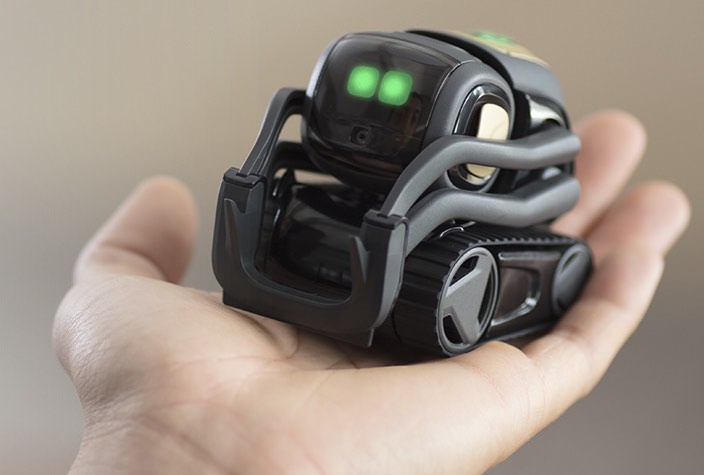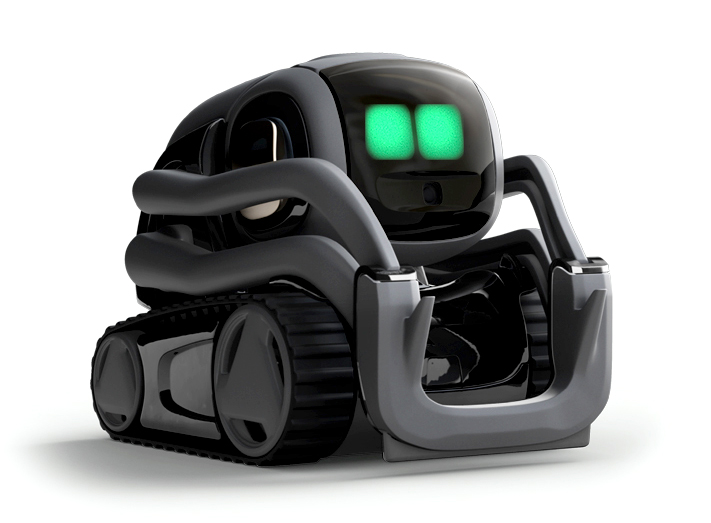
One of them was particularly drawn to what he was seeing. Once the patents were secured, they began talking to institutional investors. In order to fund the next stage of hardware prototyping and patent costs, they raised a small financing round from a family and friends.

Two years later, after countless failed attempts, they managed to create a rough prototype of what would eventually become the firm’s first product – Anki Drive.
#ANKI VECTOR ROBOT SOFTWARE#
In 2007, while the trip hung out in a bar having drinks, they were having an engaged conversation about how little of their robotics research ever saw the light of the day to become a widely adopted consumer product.Īround the same time, Apple’s first iPhone began taking the world by storm, showing how hardware and software can be successfully combined into a small pocket-sized device.Īfter much back and forth, in 2008, they began working on a side project that would combine their interest and skills in robotics and AI. While Sofman and Tappeiner pursued a degree in Robotics, Palatucci dabbled in the field of Machine Learning. The three founders got to know each other when they enrolled in Carnegie Mellon’s PhD program back in 2005. Unfortunately, after close to 10 years in business, Anki had to shut its doors in April 2019 – a topic we are going to explore closer in the next chapter.Īnki, formerly headquartered in San Francisco, California, was founded in 2010 by Boris Sofman, Hanns Tappeiner, and Mark Palatucci. Since all of Anki’s products were software-based, updates and patches often allowed for the expansion of functionality and the introduction of new game modes. Just like with Drive and Overdrive, users could also play a variety of games using the three cubes that were delivered alongside the robot. To that extent, Anki had programmed dozens of personality types into its software, so it would be able to react to an everchanging environment. The toy robot, which resembled Pixar’s Wall-E, had a built-in “emotion engine” which allowed it to pick up and react to a human’s emotions. Later, a version called Vector was introduced as well. Later on, Anki launched various updates, such as the Anki Overdrive, which replaced the mat with a modular set that allowed users to built their own race tracks.Īpart from the racing game, Anki also developed and sold a smart A.I. Additionally, cars possessed weaponry with which other players could be attacked. Users could then either race against the computer or play against each other.
#ANKI VECTOR ROBOT BLUETOOTH#
You might want to read this as well: Why Did Quibi Fail?įurthermore, the cars had Bluetooth connectivity to communicate with the smartphone (which acted as the remote control, built-in microprocessors, LED lights, and other features.


The mat itself had positional codes, which allowed the car’s sensors to assess whether it was on track or not. The toy cars (which looked similar to Hot Wheels) would then be placed on a track mat.
#ANKI VECTOR ROBOT FOR ANDROID#
The company’s first product was Anki Drive, a racing game in which users could control small toy cars with their smartphones (available on for Android and iOS devices). Anki was a robotics company that developed a variety of consumer electronics toys aimed at both children and adults.


 0 kommentar(er)
0 kommentar(er)
